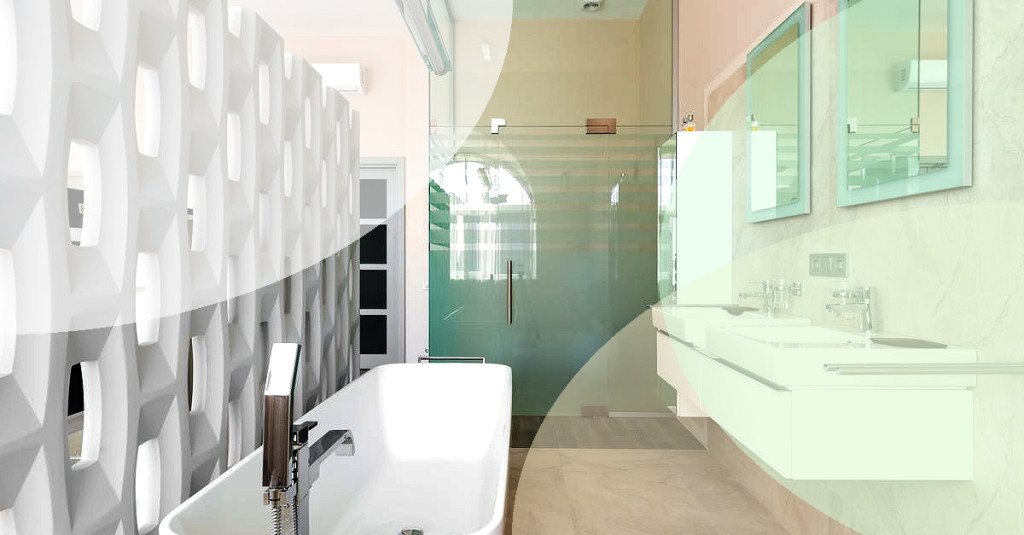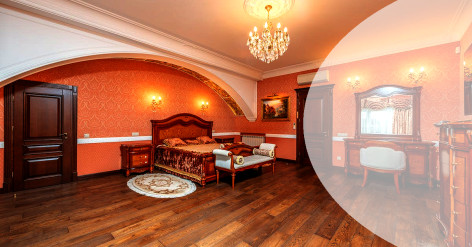How to Clean Hardwood Floors: Expert Advice for a Shiny and Long-lasting Finish.

The Golden Rule: Sweep or Vacuum Regularly

Hardwood floors are a classic and elegant choice for any home. However, maintaining their beautiful appearance can be quite the challenge. In this article, we'll unlock the secrets of successful hardwood floor cleaning that will ensure a shiny and long-lasting finish. You don't have to be on your hands and knees scrubbing for hours anymore! Read on to find out how to make your hardwood floors the envy of the neighborhood.
Sweeping
One of the keys to maintaining your hardwood floor's shine is developing a simple yet effective cleaning schedule. Start with regular sweeping or vacuuming, which helps remove dirt, dust, and debris before they scratch and damage the surface.
Vacuuming
Use a soft-bristle broom or microfiber dust mop to sweep your hardwood floors. A microfiber dust mop is particularly effective at attracting dust particles, ensuring a thorough cleaning of the floor surface.
The Deep Cleaning Secret: Use the Right Solution and Tools

If you prefer vacuuming, make sure to use a hardwood floor-friendly vacuum cleaner with soft bristles and no beater bar. This will prevent scratches and damage caused by abrasive vacuum components. Remember to vacuum in the direction of the floorboards to efficiently capture debris lodged in between.
Choose the Right Cleaner
Hardwood floors require careful attention to detail when it comes to deep cleaning. To achieve a clean and shiny surface, you'll need to use the appropriate cleaning solution and tools. Steer clear of harsh chemicals, as they can compromise your floor's protective finish.
Essential Hardwood Floor Cleaning Tools
Opt for a pH-neutral, mild cleaning solution specifically designed for hardwood floors. You can find commercial hardwood floor cleaners in stores, or you can make your own by mixing a few drops of liquid dish soap or baby shampoo with water.
The Art of Deep Cleaning: Technique Matters
- A soft cloth or mop head: Make sure it is damp, not soaking wet, as excessive moisture can damage the wood. Moisture can cause warping, discoloration, and even rot in the worst cases.
- A microfiber mop: For best results, consider investing in a microfiber spray mop, which allows you to control the amount of cleaning solution used and ensures even coverage.
Protection and Maintenance: Buffing and Re-sealing
Proper hardwood floor cleaning involves more than just using the right solution and tools. Your technique can also make a world of difference in achieving a shiny, long-lasting finish without causing any damage.
- Begin by clearing the floor area of furniture, rugs, and other obstacles.
- Conduct a thorough sweep or vacuum to remove loose dirt and dust.
- Dampen your cloth or microfiber mop with the cleaning solution. Wring it out until it is just damp, not dripping wet.
- Mop the hardwood floor in sections, moving with the grain of the wood and applying gentle pressure.
- Rinse and wring out the mop frequently to prevent dirt buildup and streaks.
- Dry the floor using a clean, dry microfiber cloth or allow it to air dry. Avoid walking on the wet floor until it is completely dry to the touch.
Buffing
To maintain the appearance and durability of your hardwood floors, you must take additional steps beyond regular cleaning. These include periodic buffing and re-sealing.
Re-sealing
Buffing your hardwood floors helps restore their shine and remove minor surface scratches. A simple way to buff your floor is by attaching a buffing pad to your microfiber mop and working in a circular motion. For more extensive work, consider renting a floor buffer or hiring a professional.
Depending on factors like foot traffic and the type of hardwood, re-sealing may be necessary every few years. Re-sealing involves applying a fresh coat of sealant, such as polyurethane, to protect the wood. Consult a professional for advice on when and how to re-seal your hardwood floors.
Cleaning and maintaining hardwood floors may initially seem daunting, but with expert advice and the right techniques, you can achieve a shiny, long-lasting finish that adds value and charm to your home. Remember to sweep or vacuum regularly, use the right tools and cleaning solution, and incorporate buffing and re-sealing practices to ensure your hardwood floors will be the envy of the neighborhood for years to come.





